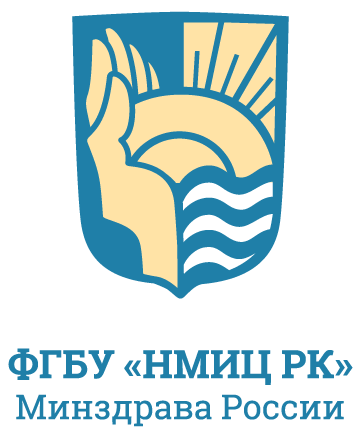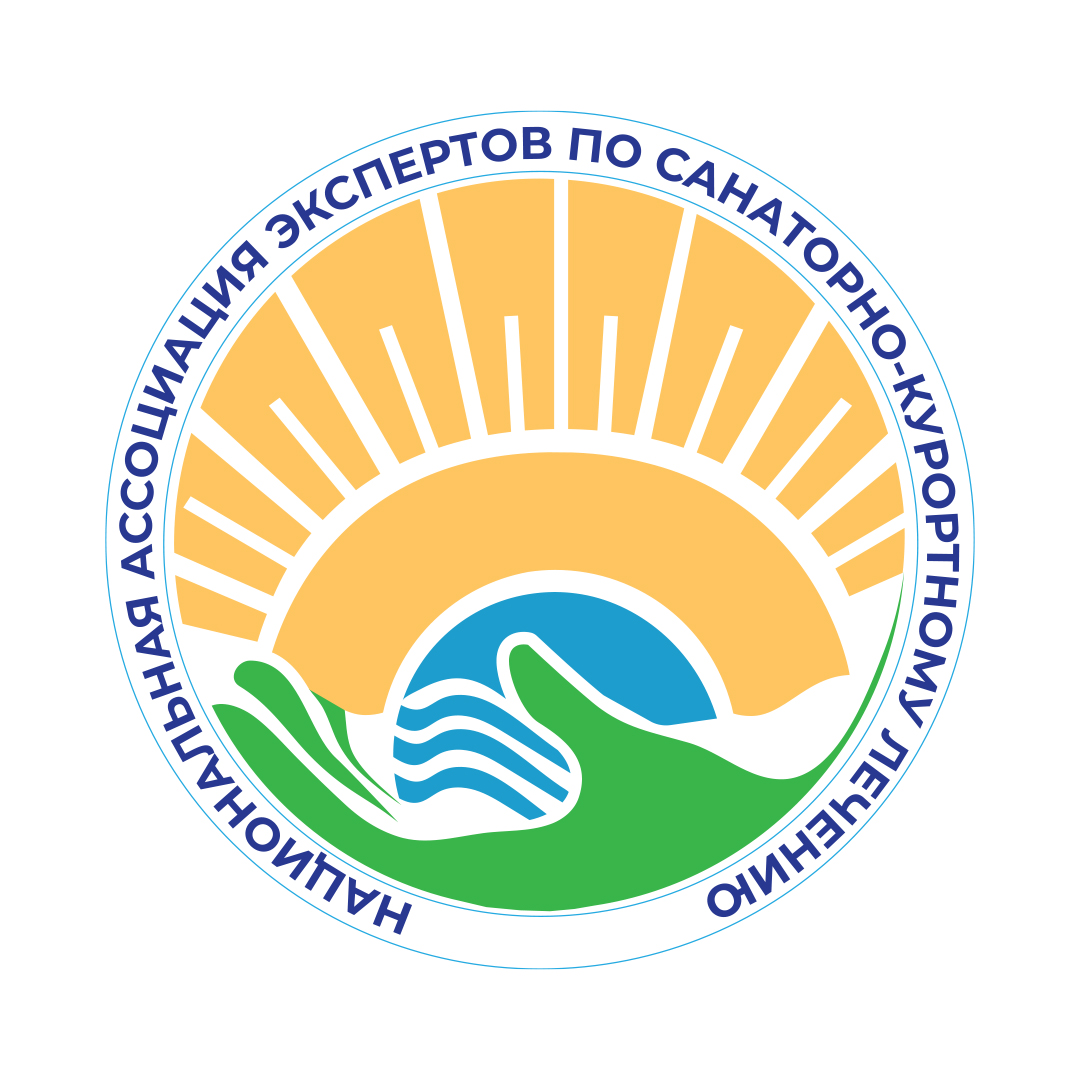Issue 5-20, 2021
Original article
Influence of Ketogenic Diet and Nutraceutical Correction in the Complex Treatment of Lower Limbs Lipedema
1 ![]() Tatyana V. Apkhanova, 1
Tatyana V. Apkhanova, 1 ![]() Valery N. Sergeev, 1
Valery N. Sergeev, 1 ![]() Marina M. Krukova, 1
Marina M. Krukova, 1 ![]() Valeria A. Vasilyeva, 1
Valeria A. Vasilyeva, 1 ![]() Detelina B. Kulchitskaya, 1
Detelina B. Kulchitskaya, 1 ![]() Tatyana V. Konchugova, 2
Tatyana V. Konchugova, 2 ![]() Sergey V. Sapelkin
Sergey V. Sapelkin
1 National Medical Research Center of Rehabilitation and Balneology, Moscow, Russian Federation
2 Vishnevsky National Medical Research Center of Surgery, Moscow, Russian Federation
ABSTRACT
Currently, the ketogenic diet (KD) is used to treat obesity. A prospective study on the use of KD and nutraceutical correction of the nutritional status of patients with lipedema was carried out.
AIM. To study the effect of the ketogenic diet, accompanied by correction of changes in the intestinal microbiome and hepatoprotection,on the reduction of fatty deposits in lipedema and the dynamics of changes in lipid and carbohydrate metabolism hormones.
MATERIAL AND METHODS. 60 patients with lower limb lipedema of stages I-III were randomized into 2 groups: Group 1 received a lowcalorie diet (LCD), physical exercises in the gym (PE), and physical activity (FA) in the form of daily walking up to 3-5 km/ day. Group 2 received a modified version of the Atkins ketogenic diet, physical exercises in the gym and FA, as well as nutraceutical correction of increased appetite, probiotic intestinal composition, hepatoprotection. The duration of the treatment course was 4 weeks. Anthropometric methods and bioimpedansometry were used to control limb circumferences, waist and thigh.
RESULTS AND DISCUSSION. After treatment, patients in 1st group showed a decrease in body weight, lean and active cell mass, a decrease in musculoskeletal mass, and a decrease in total water due to extracellular water. A decrease in total cholesterol and high density lipoproteins (HDL) fraction, an increase in blood triglyceride fraction was noted. Leptin decreased by 12.73%. Patients of the 2nd group showed a decrease in body weight, fat mass, lean mass, total water and extracellular water. There was a decrease in total cholesterol, triglycerides, transaminases. Leptin decreased by 32.02%, insulin decreased by 9.87%. To prevent the development of fatty hepatosis against the background of the use of KD, patients of the 2nd group received nutraceutical correction: hepatoprotector Gepamin, metaprebiotic Stimbifid-plus, modulating the formation of resident intestinal microbiota. To reduce appetite, the patients of the 2nd group were also prescribed anorexic - an algal product Nativ containing the polysaccharide fucoidan, having a prebiotic effect. Improvement of reparative processes in the liver, suppression of oxidative processes also contributed to the restoration of the sensitivity of insulin receptors, which was confirmed by the normalization of the lipid-carbohydrate spectrum of blood in patients of the 2nd group after the course of the treatment. The insulin decrease in patients of Group 2 indicated not only insulin resistance decrease , but also the lipogenesis decrease and stimulation of lipolysis. Adipose tissue reduction due to lipolysis stimulation was also indicated by a decrease in leptin expression.
CONCLUSION. Thus, a ketogenic diet, accompanied by nutraceutical correction of the intestinal microbiome and hepatoprotection can be effectively used in combination with physical activity in order to reduce body weight, fat mass and edema, as evidenced by a decrease in the expression level of leptin and insulin, correlating with the levels of fat loss and free water.
KEYWORDS: lipedema, lower limbs, ketogenic diet, nutraceuticals, bioimpedansometry, fatty mass, leptin, gut microbiome
FUNDING: The study had no sponsorship
CONFLICT OF INTEREST: The authors declare no apparent or potential conflicts of interest related to the publication of this article.
FOR CITATION: Apkhanova T.V., Sergeev V.N., Krukova M.M., Vasilyeva V.A., Kulchitskaya D.B., Konchugova T.V., Sapelkin S.V. Influence of Ketogenic Diet and Nutraceutical Correction in the Complex Treatment of Lower Limbs Lipedema. Bulletin of Rehabilitation Medicine. 2021; 20 (5): 26-36. https://doi.org/10.38025/2078-1962-2021-20-5-26-36
FOR CORRESPONDENCE:
Tatiana V. Apkhanova, e-mail: apkhanova@yandex.ru
References:
- Buso G., Depairon M., Tomson D., Raffoul W., Vettor R., Mazzolai L. Lipedema: A Call to Action! Obesity. 2019; 27(10): 1567-1576. https://doi.org/10.1002/oby.22597
- Herbst K.L., Mirkovskaya L., Bharhagava A., Chava Y., Te C.H.T. Lipedema fat and signs and symptoms of illness, increase with advancing stage. Medical Archives. 2015; V.7(4): 10 p.
- Allen E., Hines E.A. Lipedema of the legs: A syndrome characterized by fat legs and orthostatic edema. Mayo Clinic Proceedings. 1940; (15): 184-187. https://doi.org/10.7326/0003-4819-34-5-1243
- Földi E., Földi M. Lipedema. Textbook of lymphology. Elsevier. 2006: 417-27.
- Fonder M.A., Loveless J.W., Lazarus G.S. Lipedema, a frequently unrecognized problem. Journal of the American Academy of Dermatology. 2007; 57(2): 1-3. https://doi.org/10.1016/j.jaad.2006.09.023
- Buck D.W., Herbst K.L. Lipedema: A relatively common disease with extremely common misconceptions. Plastic and Reconstructive Surgery . 2016; (4): e1043. https://doi.org/10.1097/GOX.0000000000001043
- Al-Ghadban S. et al. Dilated blood and lymphatic microvessels, angiogenesis, increased macrophages, and adipocyte hypertrophy in lipedema thigh skin and fat tissue. International Journal of Obesity . 2019: 8747461. https://doi.org/10.1155/2019/8747461
- Amann-Vesti B.R., Franzeck U.K., Bollinger A. Microlymphatic aneurysms in patients with lipedema. Lymphology . 2001; 34(4): 170-5.
- Brorson H. Adipose tissue in lymphedema: the ignorance of adipose tissue in lymphedema. Lymphology. 2004; 37(4): 175-7.
- Foldi M., Foldi E. Lehrbuch der lymphologie fur mediziner und physiotherapeuten. Jena: Urban und Fischer Verlag. 2005.
- Bollinger A. Microlymphatics of human skin. International Journal of Microcirculation. 1993; 12(1): 1-15.
- Amann-Vesti B.R., Franzeck U.K., Bollinger A. Microlymphatic aneurysms in patients with lipedema. Lymphology . 2001; 34(4): 170-5.
- Langendoen S., Habbema L., Nijsten T., Neumann H. Lipoedema: From clinical presentation to therapy. A review of the literature. British Journal of Dermatology . 2009; (161): 980-986. https://doi.org/10.1111/j.1365-2133.2009.09413.x
- Coppel T., Cunneen J., Fetzer S., Gordon K., Hardy D., Jones J. Best Practice Guidelines: The management of lipoedema Vol. 13. Wounds UK. Available at: http://www.wounds-uk.com/best-practice-statements/best-practice-guidelines-the-management-of-lipoede... 2017. (accessed 30.12.2017)
- Halk A.B., Damstra R.J. First Dutch guidelines on lipedema using the international classification of functioning, disability and health. Phlebology. 2017; 32(3): 152-159. https://doi.org/10.1177/0268355516639421
- Peled A.W., Slavin S.A., Brorson H. (2012). Long-term Outcome After Surgical Treatment of Lipedema. Annals of Plastic Surgery . 2012; 68(3): 303-307. https://doi.org/10.1097/SAP.0b013e318215791e
- Peprah K., MacDougall D. Liposuction for the Treatment of Lipedema: A Review of Clinical Effectiveness and Guidelines. Canadian Agency for Drugs and Technologies in Health. 2019.
- van de Pas C.B., Boonen R.S., Stevens S., Willemsen S., Valkema R., Neumann M. (2020). Does tumescent liposuction damage the lymph vessels in lipoedema patients? Phlebology. 2020; 35(4): 231-236. https://doi.org/10.1177/0268355519885217
- Kruppa P., Georgiou I., Biermann N., Prantl L., Klein-Weigel P., Ghods M. Lipedema—pathogenesis, diagnosis and treatment options. Deutsches Ärzteblatt International . 2020; (117): 396-403. https://doi.org/10.3238/arztebl.2020.0396
- Helmholz H.F. The treatment of epilepsy in childhood: five years’ experience with the ketogenic diet. JAMA. 1927; (88): 2028-32. https://doi.org/10.1001/jama.1927.02680520018008
- Paoli A., Mancin L., Bianco A., Thomas E., Mota J.F., Piccini F. Ketogenic Diet and Microbiota: Friends or Enemies? Genes (Basel). 2019; 10(7): 534 p. https://doi.org/10.3390/genes10070534
- Meier-Vollrath I., Schmeller W. Lipödem-aktueller Stand, neue Perspektiven. Journal der Deutschen Dermatologischen Gesellschaft . 2004; 2(3): 181-186. https://doi.org/10.1046/j.1439-0353.2004.04051.x
- Keith L., Seo C.A., Rowsemitt C., Pfeffer M., Wahi M., Staggs M., Dudek J., Gower B., Carmody M. Ketogenic diet as a potential intervention for lipedema. Medical Hypotheses . 2021; V.146: 110435. https://doi.org/10.1016/j.mehy.2020.110435
- Al-Ghadban S., Diaz Z.T., Singer H.J., Mert K.B., Bunnell B.A. Increase in Leptin and PPAR-γ Gene Expression in Lipedema Adipocytes Differentiated in vitro from Adipose-Derived Stem Cells. Cells . 2020; 9(2): 430 p. https://doi.org/10.3390/cells9020430
- Chihacheva E.A., Seliverstov P.V., Erofeev N.P., Dobrica V.P., Radchenko V.G. Povyshenie effektivnosti terapii pacientov s zabolevaniyami pecheni na fone disbioza kishechnika korotkocepochechnymi zhirnymi kislotami [Improving the effectiveness of therapy in patients with liver disease associated with intestinal dysbiosis with short-chain fatty acids]. Lechaschi Vrach . 2013; (1): 85-91 (In Russ.).
- Kostyukevich O.I., Bylova N.A., Simbirceva A.S. Rol’ kishechnoj mikrobioty v razvitii zabolevanij pecheni i zhelchevyvodyashchih putej [The role of gut microbiome in the development of liver and biliary tract diseases]. RMJ. Gastroenterology. 2016; (11): 713-720 (In Russ.).
- Nechaeva G.I., Lyalyukova E.A. Mikrobiota kishechnika – novyj faktor riska serdechno-sosudistyh i cerebrovaskulyarnyh zabolevanij [Gut microbiota is a new risk factor for cardiovascular and cerebrovascular diseases]. Lechaschi Vrach. 2019; (2): 50-55 (In Russ.).
- Yee J.K., Phillips S.A., Allamehzadeh K., Herbst K.L. Subcutaneous adipose tissue fatty acid desaturation in adults with and without rare adipose disorders. Lipids in Health and Disease. 2012; (11(19)): 1-11. https://doi.org/10.1186/1476-511X-11-19

The content is available under the Creative Commons Attribution 4.0 License.
©
This is an open article under the CC BY 4.0 license. Published by the National Medical Research Center for Rehabilitation and Balneology.




